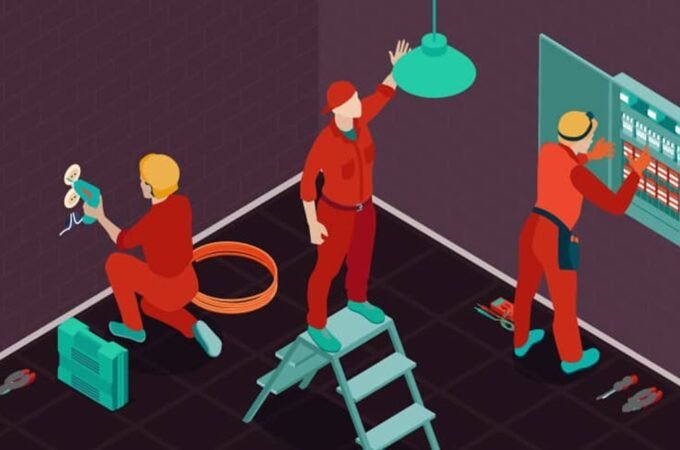
What Types of Furnaces Do You Get?
When it comes to residential heating the options and possibilities are endless. There are several different classes of residential heating and gas furnace installations that have proven to be great choices.
A central warm-air furnace involves a central combustor or resistance unit that, in most cases, utilizes gas, fuel oil, or electricity. It is able to produce a level of warmth that circulates throughout various rooms within your home.
A forced-air furnace utilizes a fan which forces the air to flow consistently. Moreover, a gravity furnace gives circulation of the air through gravity thereby relying on the warm air which flows up and the colder air that flows down. As a result, the heat rises and the cold air travels down and it returns to the furnace so that it can go through the process of being reheated– which completes the cycle of circulation.
Steam and Hot-Water Furnace Systems
There are two types of central-space heating systems that provide steam as well as hot water to the radiators, convectors, or the pipes. The most common type reserves either the steam or the hot water either to radiators that are conventional, baseboard radiators, and also heating pipes that are implanted into the walls, ceilings, and the heating coils. Moreover, they can be implemented into any equipment that is combined with the heating, ventilation, and air-conditioning systems. The other type implements radiant heat throughout the pipe system which carries hot water and they are contained within a concrete floor.
The Reverse Cycle system of a Heat Pump
This system is all year round with the heating and air-conditioning system. Furthermore, the refrigeration equipment reserves both the heating and cooling which leads to various rooms throughout the home individually. A heat pump consists of a compressor, indoor and outdoor coils, along with a thermostat.
Floor, Wall, & Pipeless Furnace Systems
The equipment of space-heating consists of a combustor and a resistant unit. Also, it a chamber that is enclosed in which the fuel is burned, and the electrical heat of resistance is generated through the warmest rooms within the house. Moreover, the floor furnace is located beneath the floor and it delivers extensive heat to the rooms that are located above immediately. The furnace that is located inside the wall is given installation inside a partition or within a wall that is outside. The wall furnace gives off heated air to the rooms that are located on both sides of the wall. A furnace that is pipeless is situated within the basement of the home and it transports heated air through a much larger register that is found in the room or the hallway immediately above.
Wood & Pellet Stoves
When it comes to heating stoves, they have the ability to burn logs, wood pellets, as well as other biofuels. Furthermore, they can also be arranged and put together as stove inserts which they can then be placed into a fireplace that is in existence inside of the home. In connection with the placement into the fireplace, they also move through the chimney in which another component or accessory is added with a liner or as a unit that stands alone. In most cases, it provides an outlet that allows the air to pass freely through the installed stainless-steel flue.

Michelle Joe is a blogger by choice. She loves to discover the world around her. She likes to share her discoveries, experiences, and express herself through her blogs.





